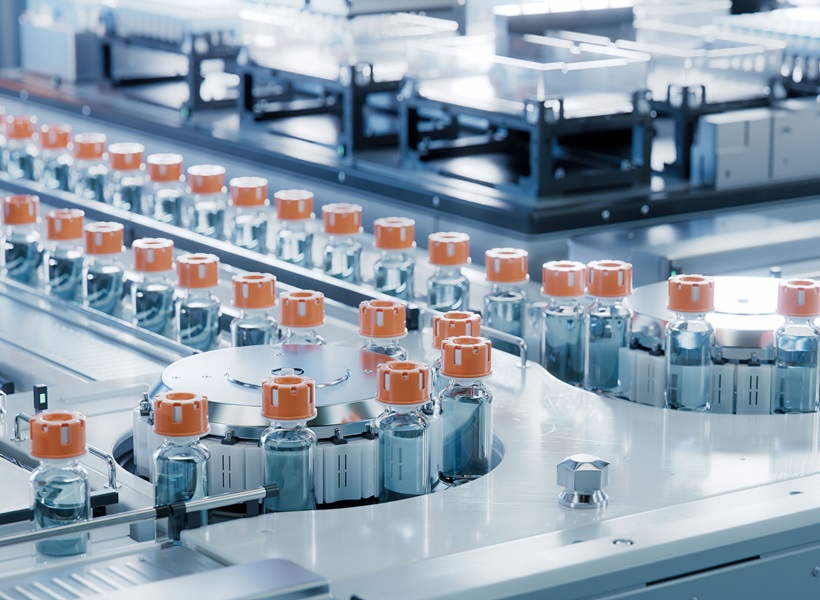.png)
March 10, 2025 at 8:04 AM IST
The Indian pharmaceutical market is set for steady growth, with ICRA projecting a 7-9% expansion for fiscal years 2024-25 and 2025-26. While price hikes and new product innovations have been key drivers in recent years, the increasing prevalence of lifestyle diseases and longer drug usage for chronic conditions are expected to significantly drive volume growth. According to ICRA, these factors will be crucial in sustaining the sector’s momentum.
One of the primary trends shaping the pharmaceutical sector is the rising burden of lifestyle diseases such as diabetes, hypertension, and cardiovascular conditions. These chronic ailments typically require long-term treatment, ensuring a sustained demand for medications. As a result, chronic therapies are projected to witness higher volume growth compared to acute therapies. Currently, acute therapies account for 65-67% of the Indian pharmaceutical market, but their growth has normalized after a surge in demand during the Covid-19 pandemic and the subsequent flu season. As chronic conditions become more prevalent, the demand for long-term medications is expected to rise, driving further expansion in the chronic segment.
The Indian pharmaceutical market has shown resilience over the past decade, maintaining a healthy compound annual growth rate of 9.4% from 2011-12 to 2023-24, despite challenges such as regulatory changes, inflationary pressures, and disruptions caused by the Covid-19 pandemic. ICRA projects that the sector will continue to expand, with revenue growth for a sample set of 13 major pharmaceutical companies—accounting for approximately 35% of the market—expected to remain robust at 9-11% over the next few fiscal years.
However, the sector faces challenges, particularly pricing constraints for drugs listed under the National List of Essential Medicines. These essential drugs constitute 17-18% of the Indian pharmaceutical market, with some companies deriving up to 30% of their revenues from NLEM-listed products. In 2024-25, the price increase permitted for these drugs was just 0.0051%, the second-lowest in the last decade, due to low Wholesale Price Index inflation in 2023. The limited scope for price hikes on essential medicines could put pressure on the profitability of companies heavily reliant on these products.
Regulatory changes also continue to shape the future of the pharmaceutical industry. The revised Schedule M guidelines, mandating stricter quality standards, are set to be implemented by December 31, 2025. These guidelines will particularly impact small and medium-sized manufacturers, who may need to invest in additional capital expenditures to meet compliance requirements. This could lead to industry consolidation, as smaller players may struggle to adapt to the heightened regulatory demands.
Despite these challenges, ICRA remains optimistic about the long-term growth of the Indian pharmaceutical market. The rising demand for chronic therapies, coupled with expanding healthcare access in semi-urban and rural areas, will continue to drive growth. Companies that strategically align with these trends—focusing on innovation, regulatory compliance, and market diversification—are well-positioned to thrive in this evolving landscape.




